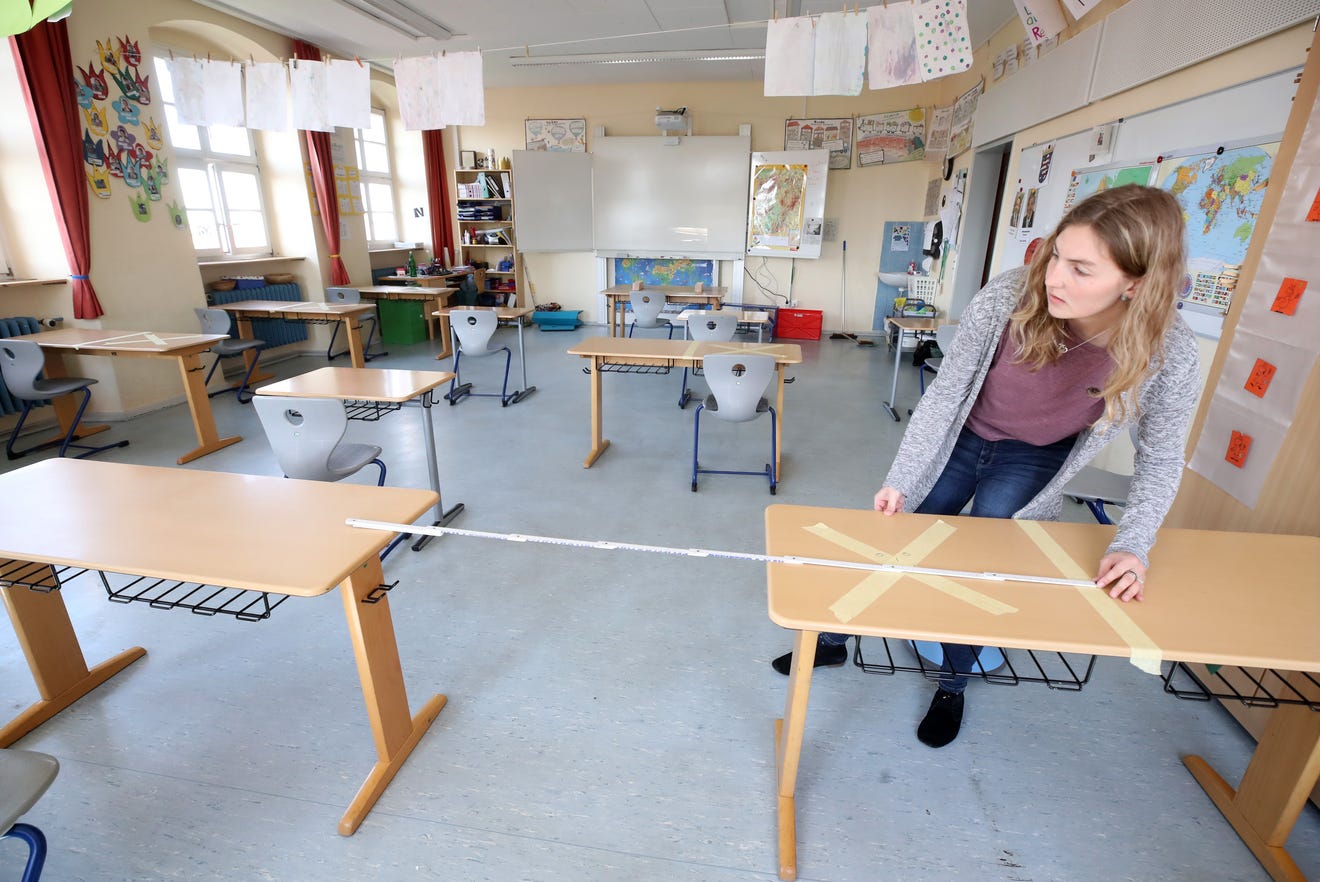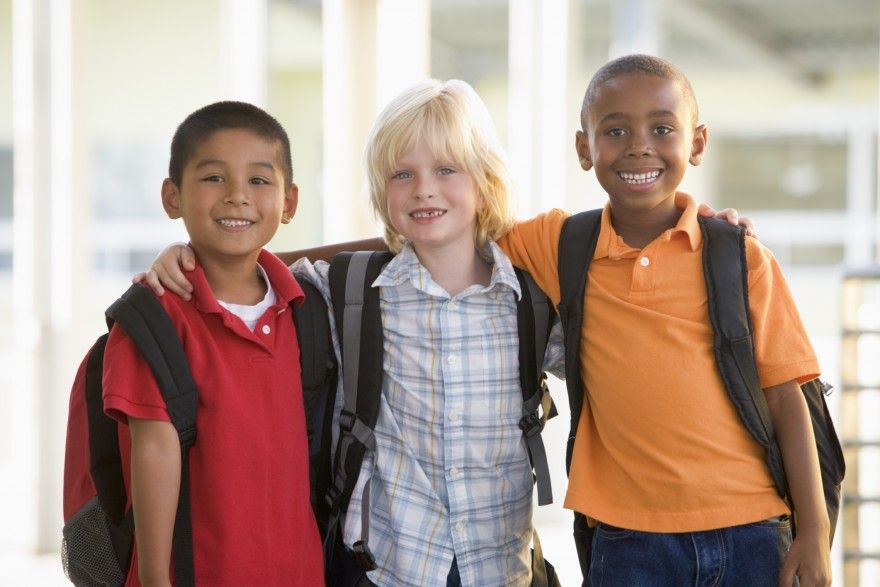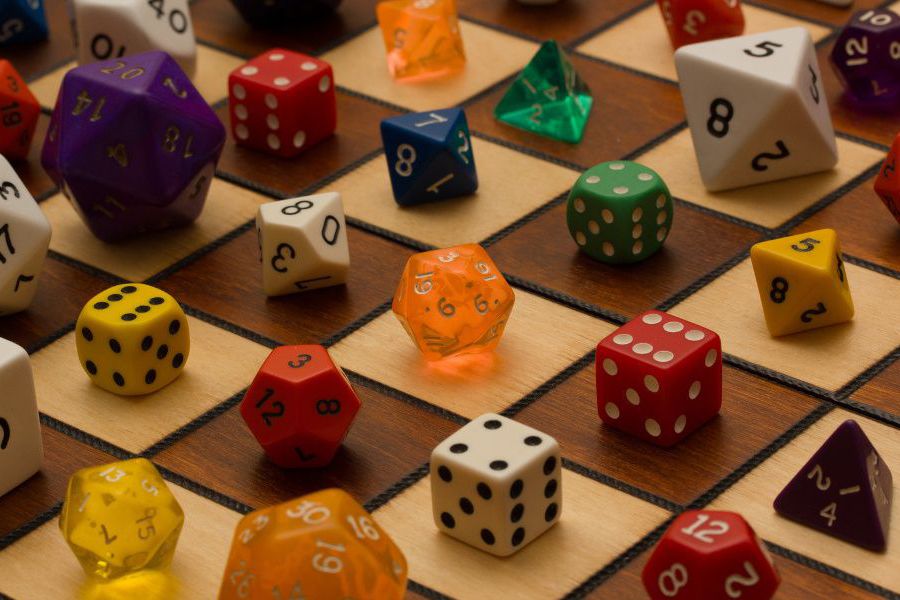CONTACTLESS COOPERATIVE PLAY
5 Creative Activities to keep kids socially engaged
Who isn’t talking, thinking and planning for what school is going to look like when the kids “go back”?
So much discussion regarding online academic curriculums and fear of screen time overload for young minds. Parents are sharpening their competitive debate team skills from playing out all sides of the issue and examining the “what if” scenarios on repeat.
Not to be missed in this struggle is the intense concern about our kids’ mental health due to quarantine imposed social isolation.
It should tell us something that parents are willing to take measured risks of physical safety due to their distress over potential long term consequences of lack of social interaction.
With physical distance in mind, here are some ideas of cooperative activities to satisfy that need for social connection.
-
Puzzle Outlines
Tape a long piece of butcher paper to the wall (floor/window/table) and outline various objects in the room on the butcher paper. Make sure to have all types of shapes and sizes for the outlines. Kids take turns searching around the room to try to find an object that matches that outline. Modify as best fits your group. Encourage the kids to cheer for each other as they search. You can color code the shapes according to difficulty and assign certain kids certain colors to avoid frustration. Divide the kids up in teams or have them all work on the same paper. Encourage the children who are not searching at the time to cheer for their peers.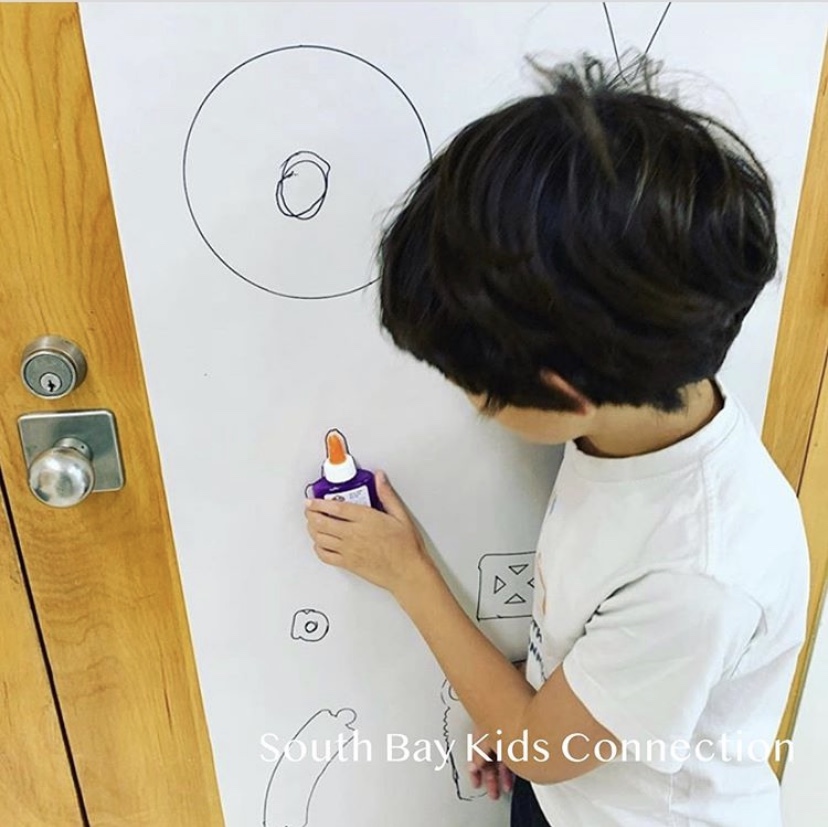
-
Add On
One piece of paper and everyone with their own marker. The first student draws a simple shape or drawing and then passes it to the peer next to them. That peer then “adds on” to the shape by drawing something else related to that first drawing. That student then passes it to the next person and they do the same. The drawing can go around the circle as many times as the kids like or you can set a time or turn limit on it. You may also want to put a time limit on how long each student has to make their drawing. This can also be done using a white board where kids take turns coming up to the board to add on.
-
Emotion Charades
Label one jar “emotions” and one jar “actions.” Kids take turns picking one slip of paper from each jar. Make simple actions that are easy to guess as the combination of action and emotion makes it a little more challenging than regular charades. They need to then perform the action they chose while expressing the emotion they chose. The more exaggerated the emotion is, the better!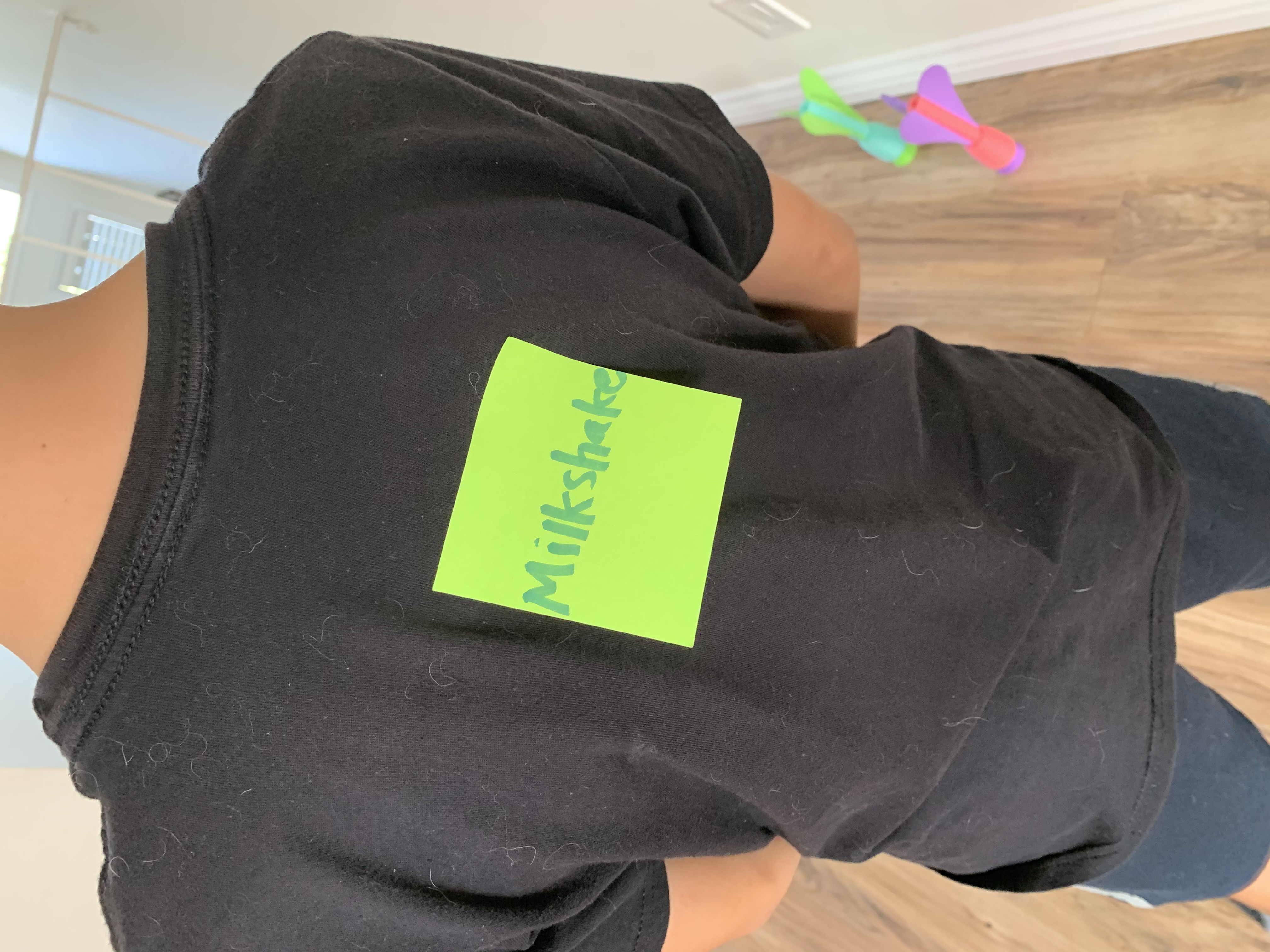
-
Draw what you hear
Partner up the kids and have one person be the listener and one the instructor. The instructor will draw a picture and as he or she does, they tell each step to their partner, who cannot see their peer’s paper. For example, “draw a big sun.” The listener cannot ask any clarifying questions and the two papers can have suns in completely different areas of the paper. You can easily do this over zoom as well by the kids taking turns being the speaker and the rest be listeners. In the end, the kids can assess both their listening and speaking skills.
-
What am I?
Write on an index card different objects or commonly known people for your group (e.g. don’t use “Captain America” if no one in the group knows who that is.) Students get up and ask each other yes or no questions only to try to guess who or what they are. If there are students having trouble give them clues to make sure they don’t get frustrated with the game. Over zoom you can privately assign kids their action and emotions or they can just choose what they want to act out.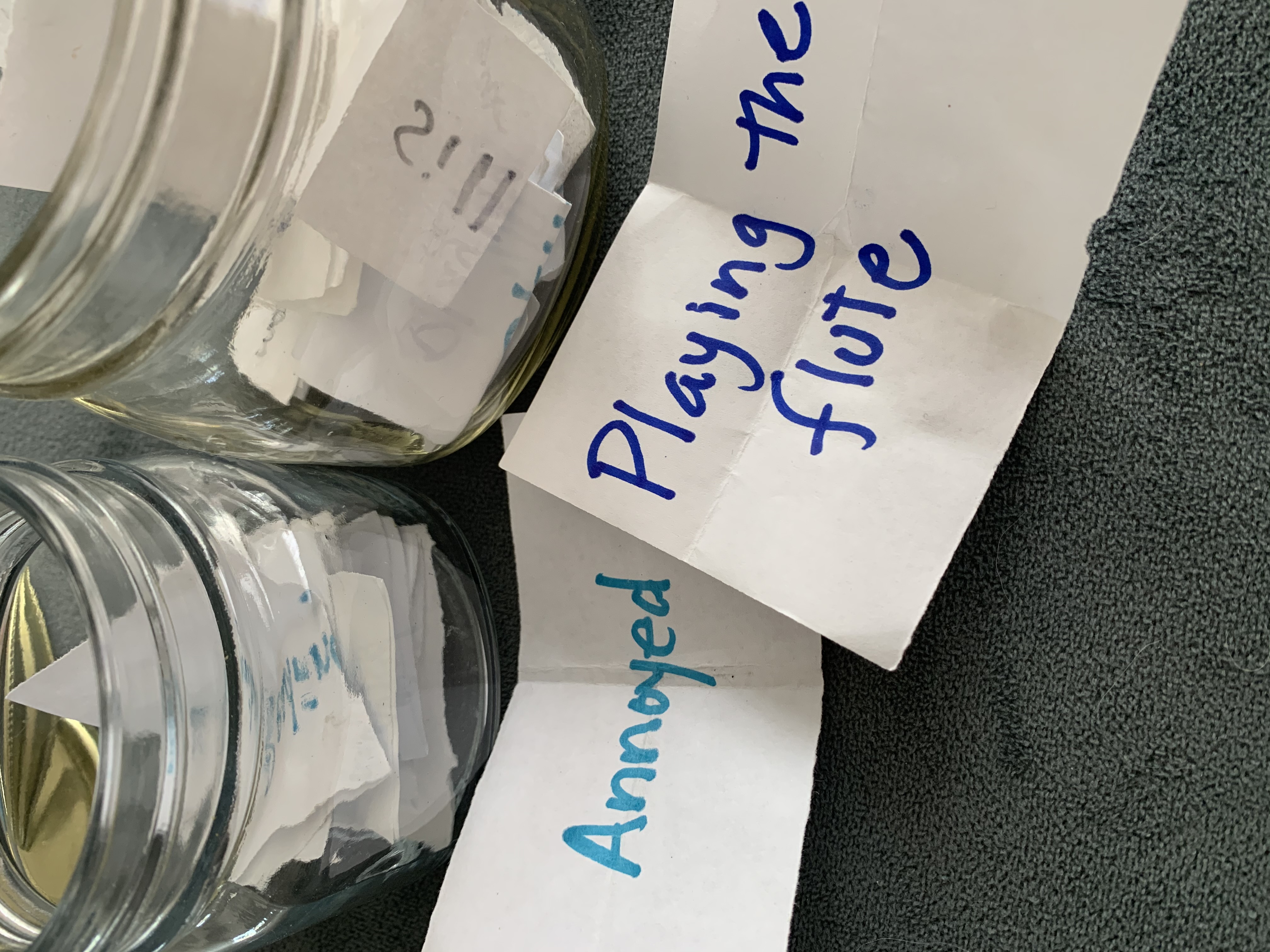
Above all, keep it light with the focus on enjoying everyone’s company and getting in some laughs!

